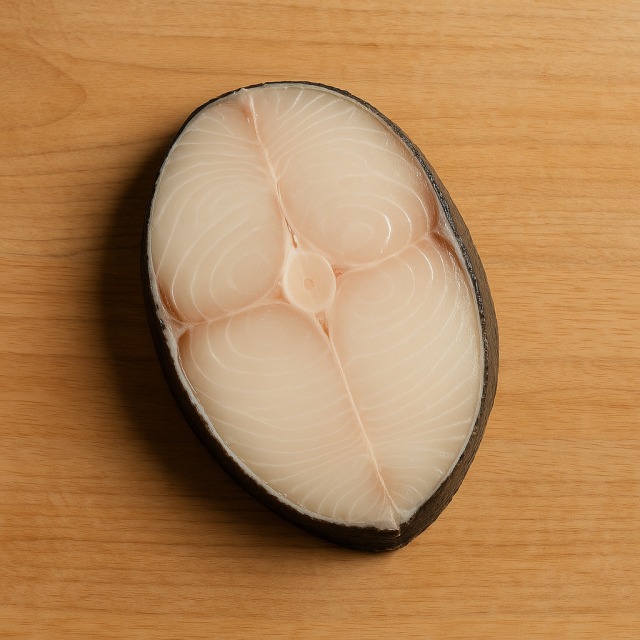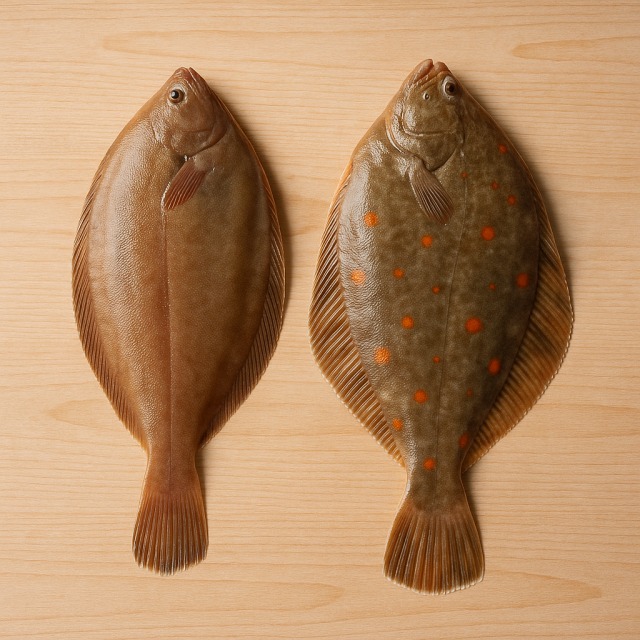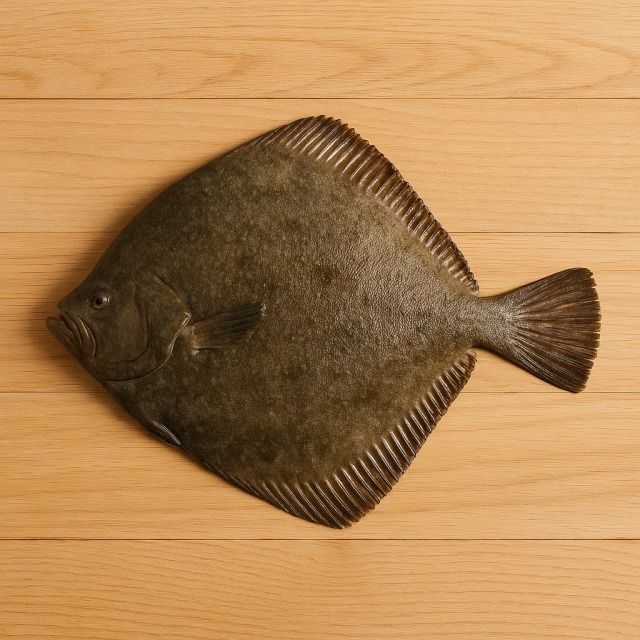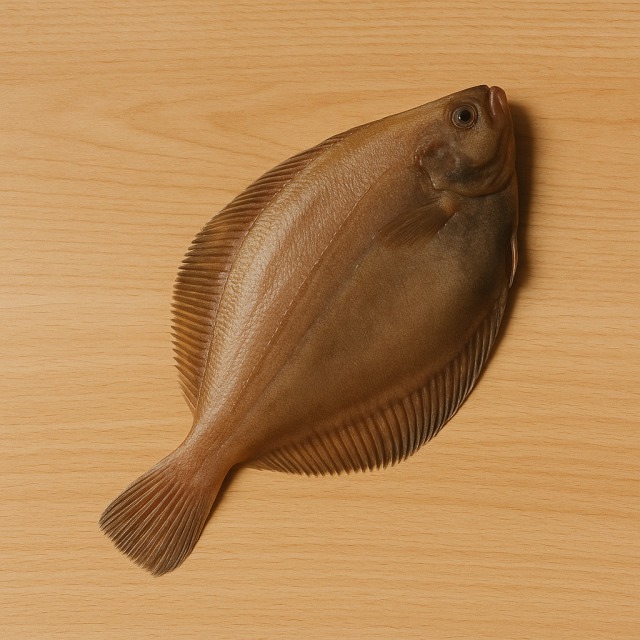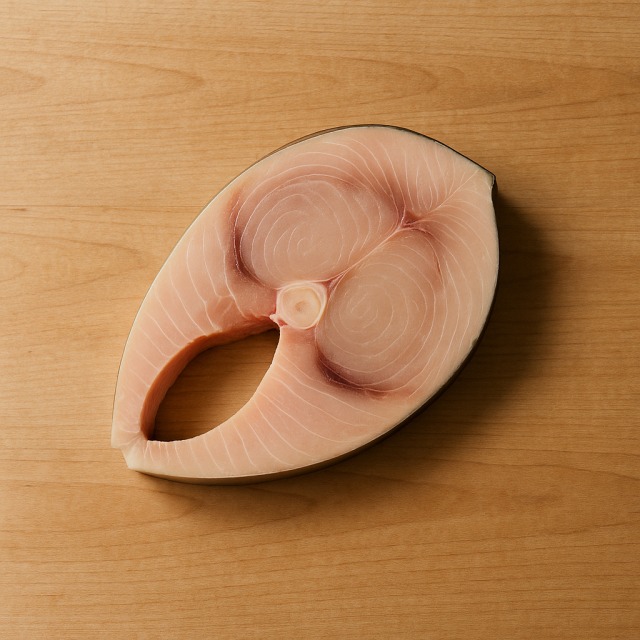Calorie Chart / Fish / Skate
How Many Calories Are in Skate?
Calculation of the nutritional value & Recommended Dietary Intake of skate
For g and a calorie requirement of kcal
| Calories 134 kcal | Proteins 30 g | Lipids 1.5 g | Carbohydrates 0 g |
| 7% | 40% | 2% | 0% |
Health benefits of skate
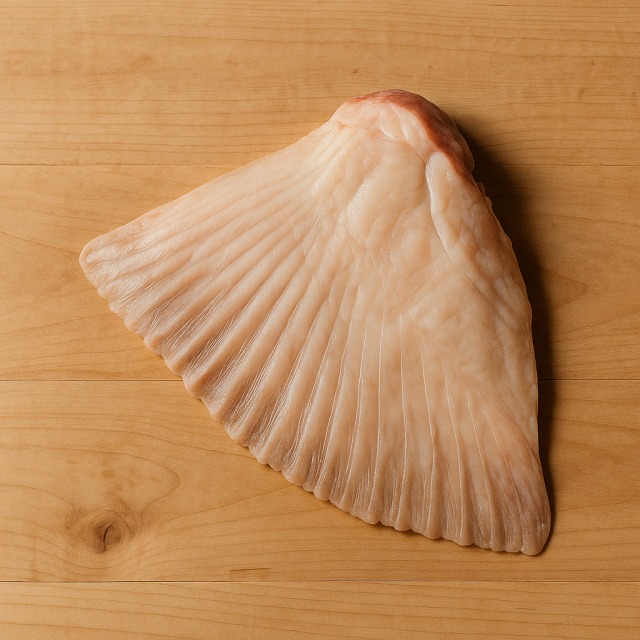
Skate - 100g
Calories 89 kcal
Proteins 20 g
Lipids 1 g
Carbohydrates 0 g
Skate belongs to the family of lean fish and supplies only 89 kcal per 100 g, which places it in the low-calorie category. Thanks to this modest calorie content, it is appreciated by people looking to cut daily calories without giving up flavour. In addition to its restrained calorie load, skate offers around 20 g of high-quality proteins, making it valuable for muscle maintenance and satiety.
The flesh provides vitamin B12 (supporting red-blood-cell formation and the nervous system) and vitamin D, both of which are often lacking in low-calorie diets. Among minerals, phosphorus and selenium stand out: phosphorus contributes to bone health, while selenium acts as an antioxidant. Although skate contains far less fat—and therefore fewer calories—than fatty fish such as salmon, it still brings a small dose of omega-3 fatty acids that help regulate inflammation and cardiovascular function.
Traditional recipes often boil the cartilage until it releases chondroitin, a compound supposedly beneficial for joint comfort ("supposedly" because evidence is still limited). Historically, sailors prized skate because its low-calorie flesh kept well once salted and dried. In short, skate is a nutrient-dense, low-calorie option that slots neatly into balanced menus for weight management or athletic recovery, while sparing precious daily calories.
Tips for incorporating skate into a balanced diet
Because skate is naturally low in calories, favour cooking methods that preserve this advantage: poaching in court-bouillon, steaming, or oven-baking in parchment. A classic "skate with brown butter and capers" can stay light if you swap part of the butter for a spoon of olive oil and serve modestly; you will still enjoy rich flavour while controlling calories.
For a complete, low-calorie plate, pair the fish with steamed asparagus or roasted broccoli, plus a portion of brown rice seasoned with lemon zest. These sides add fibre, which increases satiety without many additional calories. Another idea is a warm skate salad: flake the cooked wings, mix with potato cubes, diced bell pepper, and a light vinaigrette. The vegetables stretch the volume so you can eat more food for the same calories.
If you need an energy boost after sport, shred leftover skate into whole-wheat tacos filled with avocado slices. This combination supplies complex carbs, healthy fats, and proteins while still keeping calories moderate. No matter the recipe, remember to season with herbs, citrus, and spices rather than excess fat so the final dish maintains its low-calorie profile.
Frequently Asked Questions
- How many calories are in skate?
- Skate provides 89 kcal per 100 g.
- Is skate considered a lean fish?
- Yes. With only 1 g of fat and 89 kcal per 100 g, skate is definitively lean and low in calories.
- How can I cook skate without adding many calories?
- Prefer steaming, poaching, or baking in parchment; these techniques avoid frying oil and keep the calorie count minimal.
- Does skate supply enough proteins for athletes on a calorie-controlled plan?
- Absolutely. It delivers about 20 g of proteins per 100 g, letting you meet protein targets while keeping calories low.
- Is skate richer or poorer in calories than sardine?
- Skate is much lower: roughly 89 kcal versus more than 200 kcal per 100 g for sardine, so choosing skate helps reduce daily calories.
- Can I freeze cooked skate without altering its calorie value?
- Freezing does not change calories; the nutritional profile, including calories, proteins, and fats, remains stable.
Similar foods
Information provided by Calorie Menu may contain inaccuracies or errors. It cannot, under any circumstances, substitute medical advice or medication.

